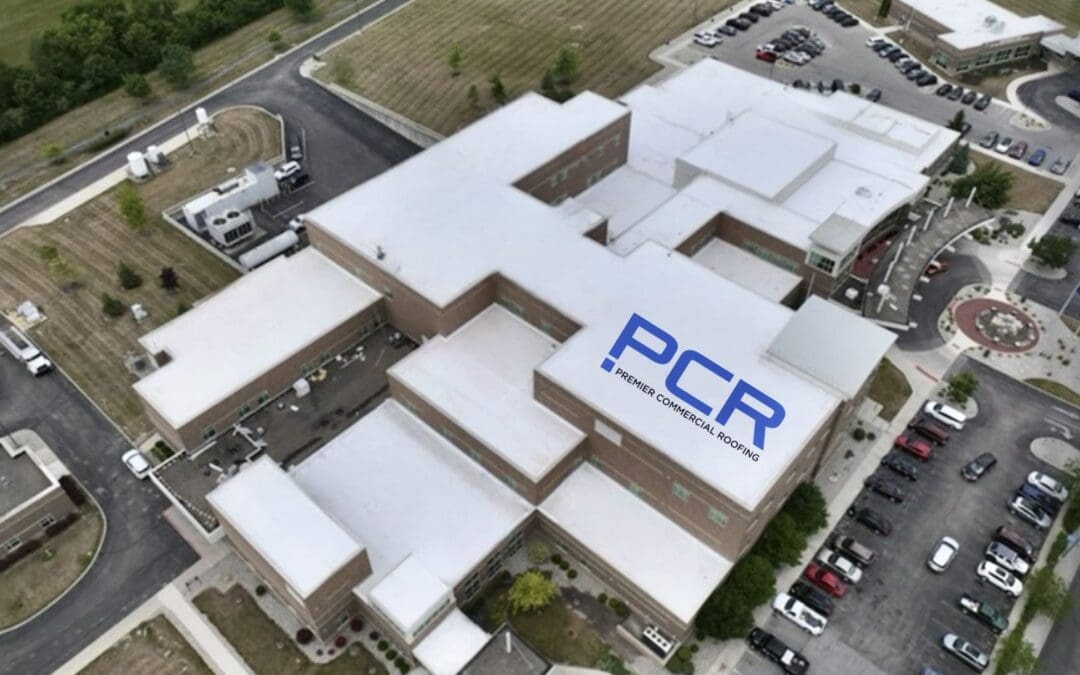When it comes to commercial roofing, ensuring compliance with building codes and safety regulations is not just a matter of best practice. It is a legal requirement. Whether you’re planning a new roof installation, replacement, or major repair, overlooking compliance can lead to costly fines, project delays, or even structural failure. As a property owner, you are ultimately responsible for making sure everything from permits to safety protocols is properly addressed.
To help you navigate the complex world of commercial roofing regulations, we’ve created this comprehensive 2025 guide. From key regulations to a step-by-step checklist, here is everything you need to stay compliant, safe, and worry-free throughout your roofing project.
Why Compliance in Commercial Roofing Matters
Compliance is about more than just avoiding penalties. It directly affects the safety of your building’s occupants, the long-term performance of your roof, and your liability as a property owner. Roofing work that fails to meet code requirements may result in failed inspections, denied insurance claims, or costly legal disputes. In some cases, noncompliance can trigger stop-work orders that delay your entire construction or renovation timeline. On the other hand, a code-compliant roof enhances your property value, protects your investment, and ensures peace of mind for years to come.
Core Commercial Roofing Regulations You Must Know
Understanding the most common roofing regulations can help you work smarter, reduce risk, and confidently manage your roofing project.
1. Building Codes and Zoning Laws
Most commercial roofs must comply with the International Building Code (IBC) and any applicable state or municipal codes. These regulations cover structural load requirements, fire classifications, drainage systems, slope requirements, and more. Zoning laws may also restrict the height or type of roofing materials allowed. Local code officials will review these details during permit applications and inspections, so it’s important to work with a contractor who understands your area’s specific codes.
2. Roofing Permits and Approvals
In most jurisdictions, a building permit is required for any commercial roofing project that involves structural changes, full replacement, or changes in materials. The contractor typically applies for the permit, but as the property owner, you are responsible for ensuring the proper approvals are secured before work begins. A final inspection is usually required to close out the permit, and failure to comply can result in a fine or forced re-roofing.
3. OSHA Safety Standards for Roofing Projects
The Occupational Safety and Health Administration (OSHA) enforces strict guidelines for roofing safety. These include mandatory fall protection for workers, ladder safety standards, personal protective equipment (PPE), and safety training. OSHA violations can result in steep fines or even shutdowns, so ensure your contractor has a documented safety plan in place and is following all regulations.
4. Material and Installation Standards
Not all roofing materials are created equal. Many states require commercial roofing systems to meet fire, wind, and impact resistance standards. Energy efficiency and insulation ratings are also commonly regulated. Using manufacturer-approved materials and following correct installation methods are both critical for code compliance and for securing long-term product warranties.
5. Environmental and Energy Regulations
Many states, including California, have adopted mandatory cool roofing regulations that require certain commercial roofs to meet reflectivity and thermal emittance standards. Some cities have stormwater management regulations as well, requiring specific drainage designs or green roofing elements. Failing to account for these local policies can delay project approvals or lead to costly redesigns.
Your 2025 Commercial Roofing Compliance Checklist
To simplify the process, here’s a practical checklist every property owner should follow before and during a commercial roofing project:
- ✅ Confirm your contractor is licensed, bonded, and insured
- ✅ Apply for all required building permits before work begins
- ✅ Ensure your roofing materials meet local code requirements
- ✅ Verify the contractor has an OSHA-compliant safety plan
- ✅ Schedule all mandatory inspections with the local building department
- ✅ Retain records of all inspections, approvals, and permits
- ✅ Review and keep warranty documents and compliance certifications
Sticking to this checklist will help you avoid last-minute surprises and keep your roofing project on track.
Tips for Staying Code-Compliant in 2025 and Beyond
The best way to stay compliant is to partner with a qualified commercial roofing contractor who is experienced in local and state regulations. Annual roof inspections, especially after extreme weather, can help catch potential issues early and keep your roof up to code. Stay informed about building code updates in your area, and do not cut corners with permits or documentation. Always ask for written proof that the materials, safety procedures, and installation methods meet current standards.
Final Thoughts: Don’t Let Noncompliance Derail Your Roofing Project
Understanding commercial roofing regulations might seem overwhelming, but it does not have to be. With a reliable roofing partner and a solid plan, staying compliant becomes much more manageable. From proper permits to safety measures and energy codes, every step plays a vital role in protecting your property and ensuring a successful roofing project.
Need help navigating commercial roofing compliance?
Premier Commercial Roofing has years of experience handling code-compliant commercial roofing across a variety of industries. We take care of permitting, inspections, and safety planning so you can focus on your business.
Contact Premier Commercial Roofing today to schedule a consultation or request a code-compliant roof inspection.





